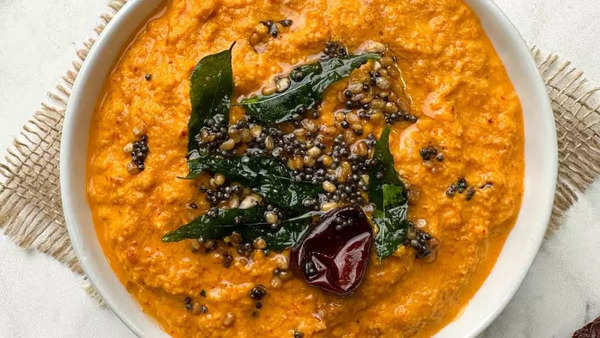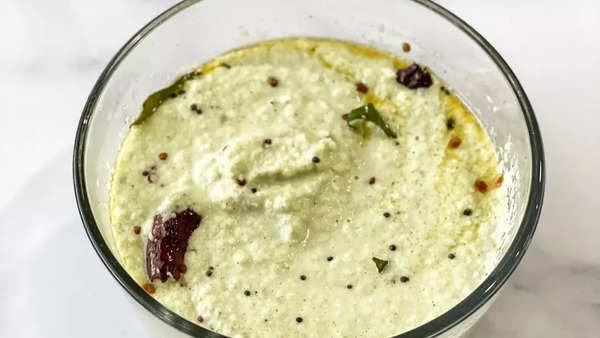Freshness
Start with fresh ingredients. Use newly grated coconut for that authentic flavor. Freshness enhances the overall taste of the chutney, making it more vibrant and aromatic.

Roast the coconut
Take a few extra minutes to roast the grated coconut lightly. This process intensifies the nutty flavor, adding depth to the chutney. Ensure a golden hue without overcooking to maintain the coconut’s natural sweetness.
Tempering
The tempering, or tadka, is a crucial step. Heat oil and add mustard seeds, urad dal, chana dal, curry leaves, and a pinch of asafoetida. This aromatic infusion enhances the overall taste and provides a delightful crunch.
Tamarind pulp or lemon juice
Achieve the right balance of flavors by adding tamarind pulp or lemon juice. This tangy element complements the sweetness of coconut, creating a harmonious blend. Adjust the quantity to your taste preference.

Spice it up
Customize the spice level with green chilies. Remove the seeds for milder heat or keep them for an extra kick. Green chilies bring a fresh, lively heat that complements the coconut’s creaminess.
Creaminess with Dal
To enhance the chutney’s creaminess, add a handful of roasted gram dal (chana dal). This ingredient not only contributes to the texture but also provides a subtle nutty undertone.
How to make Narke Diye Cholar Dal
Add some herbs
Elevate your coconut chutney by experimenting with fresh herbs like cilantro or mint. A handful of either herb adds a refreshing zing, making your chutney stand out. Adjust the quantity based on your preference.

